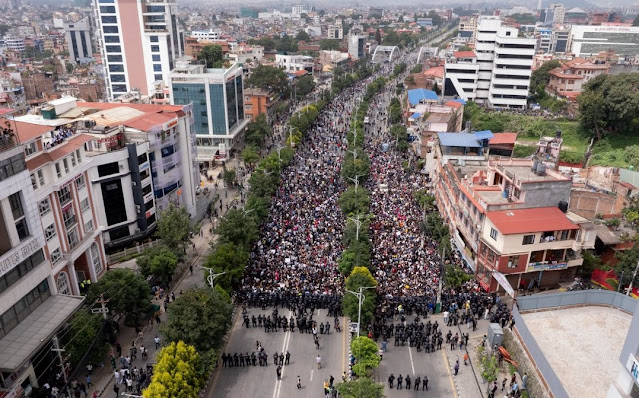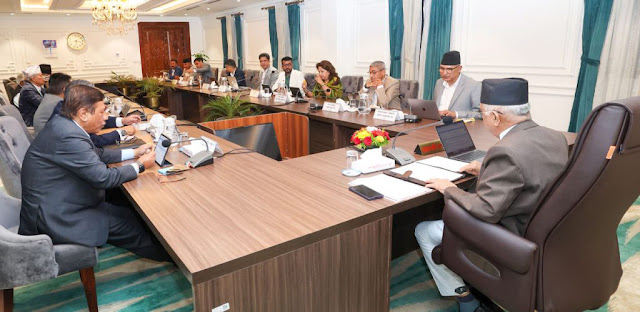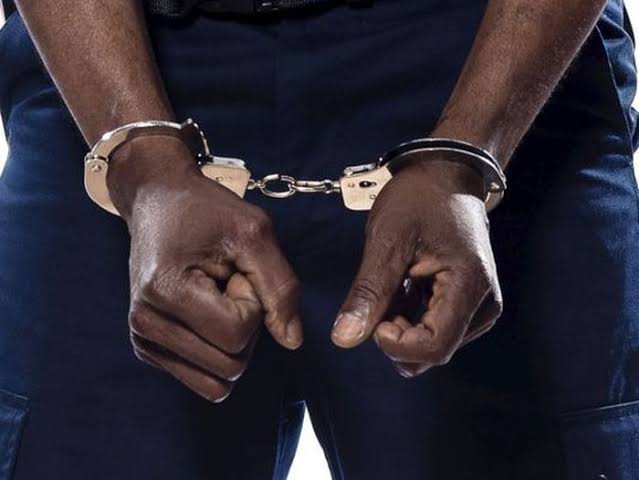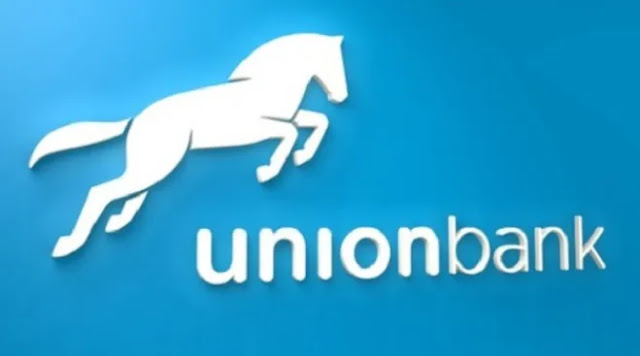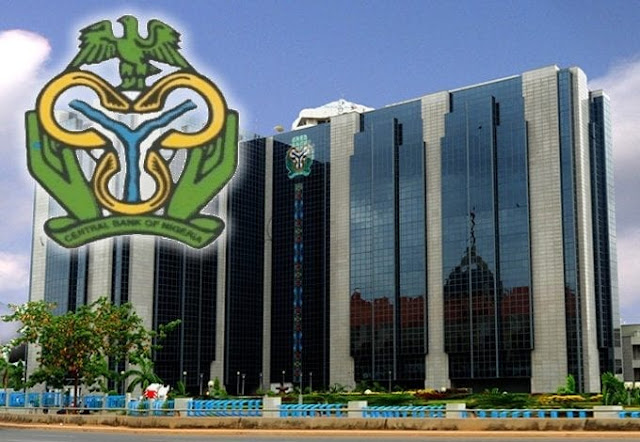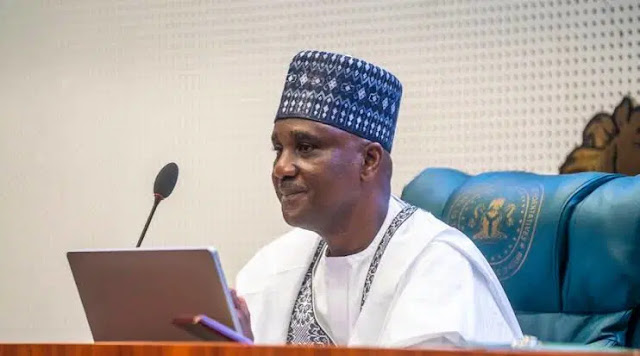The protests, which began in Kathmandu, reached a dramatic peak after thousands of demonstrators breached the Parliament compound in New Baneshwar. Security forces responded with repeated rounds of tear gas, water cannons, rubber bullets, and eventually live fire. The clashes left hospitals across the capital overwhelmed, with Civil Hospital treating over 100 injured, the National Trauma Center handling 49 cases under an emergency disaster plan, and several other hospitals including Bir, Everest, KMC, TU Teaching, and Norvic reporting dozens of critical patients. The Health Ministry confirmed fatalities at nearly every major hospital in Kathmandu, while additional deaths were reported in Itahari and Dharan, where police gunfire killed at least four demonstrators.
The violence was not contained to the capital. Clashes spread to Pokhara, Jhapa, Morung, and other districts, forcing authorities in several areas to impose curfews and prohibitory orders. In Lalitpur, the District Administration Office enforced strict bans on assemblies near the UN House in Pulchowk, ministerial residences in Bhaisepati, and the Nepali Congress headquarters in Sanepa. Despite curfews, Baneshwar remained tense throughout the evening, with sporadic gunfire and tear gas volleys echoing through the streets.
Private schools across the Kathmandu Valley announced they would remain closed on Tuesday, citing security concerns. Many students at the protests expressed frustration that the government’s September 3 decision to block Facebook, Instagram, WhatsApp, YouTube, and other platforms had disrupted not only communication with families abroad but also small-scale online businesses that young Nepalese rely on for income.
The political backlash against Prime Minister KP Sharma Oli is growing. Nepali Congress President Sher Bahadur Deuba personally called the Prime Minister during an emergency cabinet meeting, urging him to reverse the ban immediately. Congress leaders and cadres had earlier demanded the Home Minister’s resignation, while the opposition Maoist Center went further, accusing the government of committing a “massacre” and calling for Oli himself to step down.
According to the Health Ministry, three people died at Civil Hospital in Kathmandu, where more than one hundred others are receiving treatment. At the National Trauma Center, eight people lost their lives, while forty-nine injured protesters are under care, fifteen of them in critical condition referred to Bir Hospital and other facilities. Everest Hospital reported three deaths and thirty-four injuries, including seven in serious condition. At KMC Hospital, two people were confirmed dead and thirty-two were injured, with six requiring urgent surgery. Tribhuvan University Teaching Hospital recorded one death and eighteen injured under treatment. Norvic International Hospital in Kathmandu treated three injured patients. Patan Academy of Health Sciences is treating four injured, while Kathmandu Medical College is handling thirty-two cases, including six requiring surgery.
Beyond the capital, in Itahari, police gunfire killed two demonstrators, and four injured people were admitted to Morang’s Birat Teaching Hospital and Birat Medical College. Three more were taken to Dharan, where two of them died during treatment at the BP Koirala Institute of Health Sciences in Dharan, while several others are hospitalized. One protester is under treatment at Gandaki Hospital in Pokhara and two more at the Pokhara Academy of Health Sciences. In Jhapa’s Damak, seven injured protesters are being treated.
This brings the total confirmed death toll to twenty-three across Kathmandu, Dharan, and Itahari, with at least 347 people injured nationwide.
As deaths continue to rise and anger mounts, the Gen Z movement has only hardened its resolve. What began as outrage over a social media blackout has exploded into a nationwide revolt against corruption, inequality, and heavy-handed governance, leaving Nepal facing its gravest domestic crisis in years.


